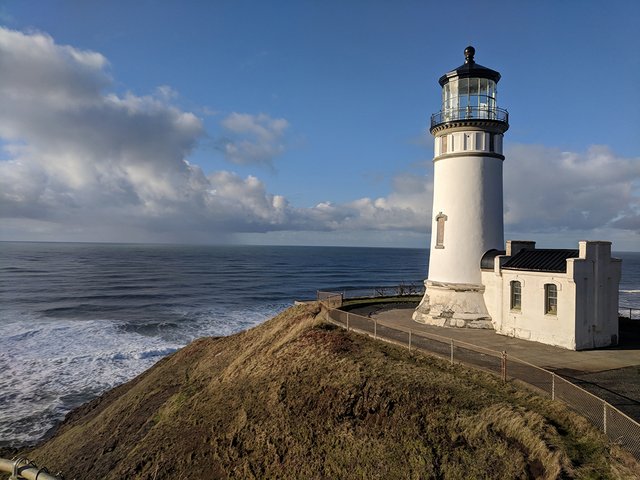Without a doubt, this was one of the slowest books I have read in my life; nevertheless, I enjoyed this novel a lot. Actually, in terms of actions in the story, almost nothing happens, just some scenes in the first of three parts, then 10 years pass, and after that some members of the Ramsay family along with Macalister and his boy, finally reach the long-awaited Lighthouse, far away from the leaf-shaped island where the main house is located. During this travel in the last part of the book, Lily Briscoe, an artist, tries to paint on her canvas, while Augustus Carmichael remains asleep on the other part of the lawn.

From the Modern period, just after the First World War, this book was part of a set of books, paints, and arts in general that aimed to display themselves in a different way that they have been presented before the Great Wat. These authors tried to break the common rules and the monotone narratives that predominated the past period.
This is why this novel is mainly focused on the thoughts and feelings of the characters, rather than the actual story or actions from outside. There is not a narrator in the text, the story is narrated through each character’s thoughts, in the third person, but you can feel like the character him or herself is actually narrating.
The story begins in some part of England, in a summer house it seems, where the Ramsays, Mr. Ramsay, and Mrs. Ramsay, along with their 8 children (James, Jasper, Prue, Cam, Rose, Andrew, etc) and some guests (like Charles Tansley, Paul Ryley, Augustus Carmichael, William Bankes, the maids, etc), live, for a while.
A lot of times, the thoughts are focused on Mrs. Ramsay, who is said to be a representation of the actual mother of the author, Virginia Woolf. Actually, from what I could gather from resources in both YouTube, and online articles, is that Virginia Woolf has this fame of “healing” her wounds throughout her books. This is the first book I have read from her, but it seems that most of their books are like this (and actually some of her most famous books are her diaries and notes!)
Without a doubt, I would say that Lily Briscoe is my favorite character from this book, but because of her “performance” or thoughts in the latter part of the book, because, before, in the first part (“The Windows” if I’m not mistaken), she isn’t like a protagonist. In this first part, we can also see the growing romance between Paul Ryley and Minta. William Bankes wanted to marry Lily Briscoe, I think because of Mrs. Ramsay’s recommendation; however, contrary to the mainstream thought of that epoch, Lily Briscoe doesn’t seem to believe a lot in marriage and she prefers freedom, she prefers to paint in her canvas and move that hedge (or was it the door?) to the middle.

At the end, after Lily has been questioning lots of things while she played with ants on the lawn with her brush, like the beauty of Mrs. Ramsay and her absence in the latter part of the book, she reaches the conclusion that nothing is infinite, and that the meaning of life is in the little miracles we experience in everyday life. That she will disappear as well, and the same will happen with her art (before, probably, her canvas will be stored in some attic for some years). But what matters is the present and these miracles, and that’s the motivation she gets to finish her painting, when she draws a line and concludes that, at last, it is finished.